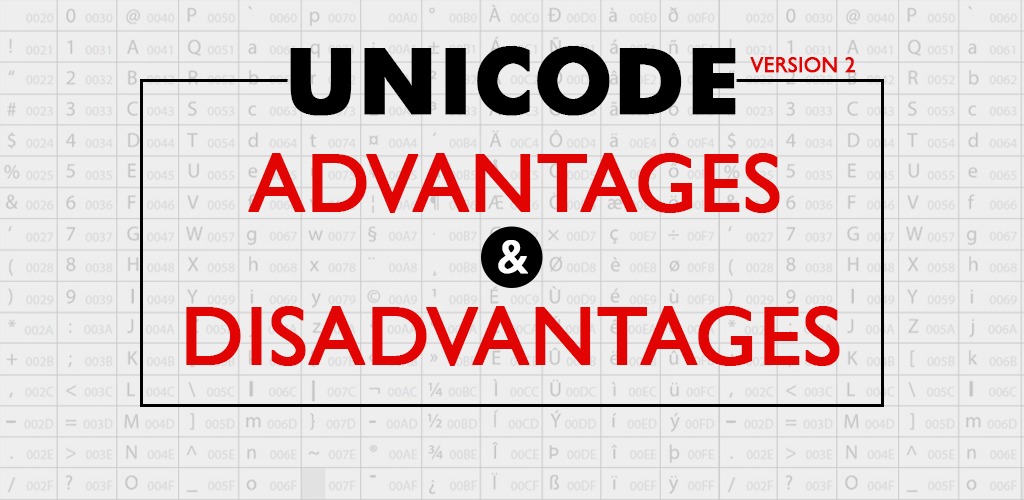UNICODE VERSION 2.0
The Unicode standard is a fixed scheme of encoding of different written characters and text. The collection of code characters for the processing of information includes characters for technical symbol use, as well as for the major scripts of the world. The encoding of Unicode characters includes ideographic characters, symbols, and alphabetic characters. This means that they can be utilized in any facility or mixture. The Unicode standard is customized on the ASCII character set. It uses 16-bit encoding to support the multilingual text or characters. The Unicode standard provides information for characters using the encoding scheme in implementations.
The Unicode version 2.0 was released in July 1996. It contained 25 scripts. This version is also synchronized with ISO/IEC with amendments 5, 6, and 7. This version of the Unicode standard contains 38,885 characters from the script of the world. These characters are more than adequate. These are appropriate for classical forms of languages as well as for modern communication.
It can encode languages such as Arabic, Anglo-Saxon Greek, Hebrew, Russian, Sanskrit, and Thai. The CJK unified Hangul syllables set contains 20,902 ideographic characters. They are defined by the industry standards and national standards of Japan, Korea, China, and Taiwan. Moreover, this version also includes mathematical symbols and technical operators. This Unicode version does not encode personal novels, rare or privately used characters. It also does not encode any kind of logos or graphics. Those artificial entities are also excluded whose purpose is to serve transitory in the input. The Unicode standard features a private use area, which may be used to encode charters or used to assign codes that are not included in the repertoire of Unicode standard.

UNICODE 2.1
The Unicode standard version 2.1 was released in May 1998. This version of the Unicode standard contains 38,887 characters from the world’s scripts. This version has slight improvements and minor changes over its previous version. It had only two additional characters from the character set of Unicode version 2.0. The two additions in its repertoire are anticipated to be used widely with several implementations. This version also features several updates to its properties database. The new additional characters in its encoding character set are EURO SUIGN and object replacement characters. The previous version didn’t have these additional characters. The object replacement has already been employed in several implementations and the euro sign is expected to be widely used as a unit of the currency.
Advantages and disadvantages of Unicode 2.0
Both of these versions have advantages with minor disadvantages as well. Following are some of the advantages and disadvantages that are known so far.
The Unicode version 2.0 has 25 scripts from the world’s writing system. This version was also released before the ISO/IEC. And this version included a huge number of characters from the world’s script. But this version does not encode novels, rare or private used symbols or characters. It also does not encode the musical characters. Version 2.1 has significant advantages over version 2.0. It has two additional amendments from 18 and has support for more languages.
Read More
